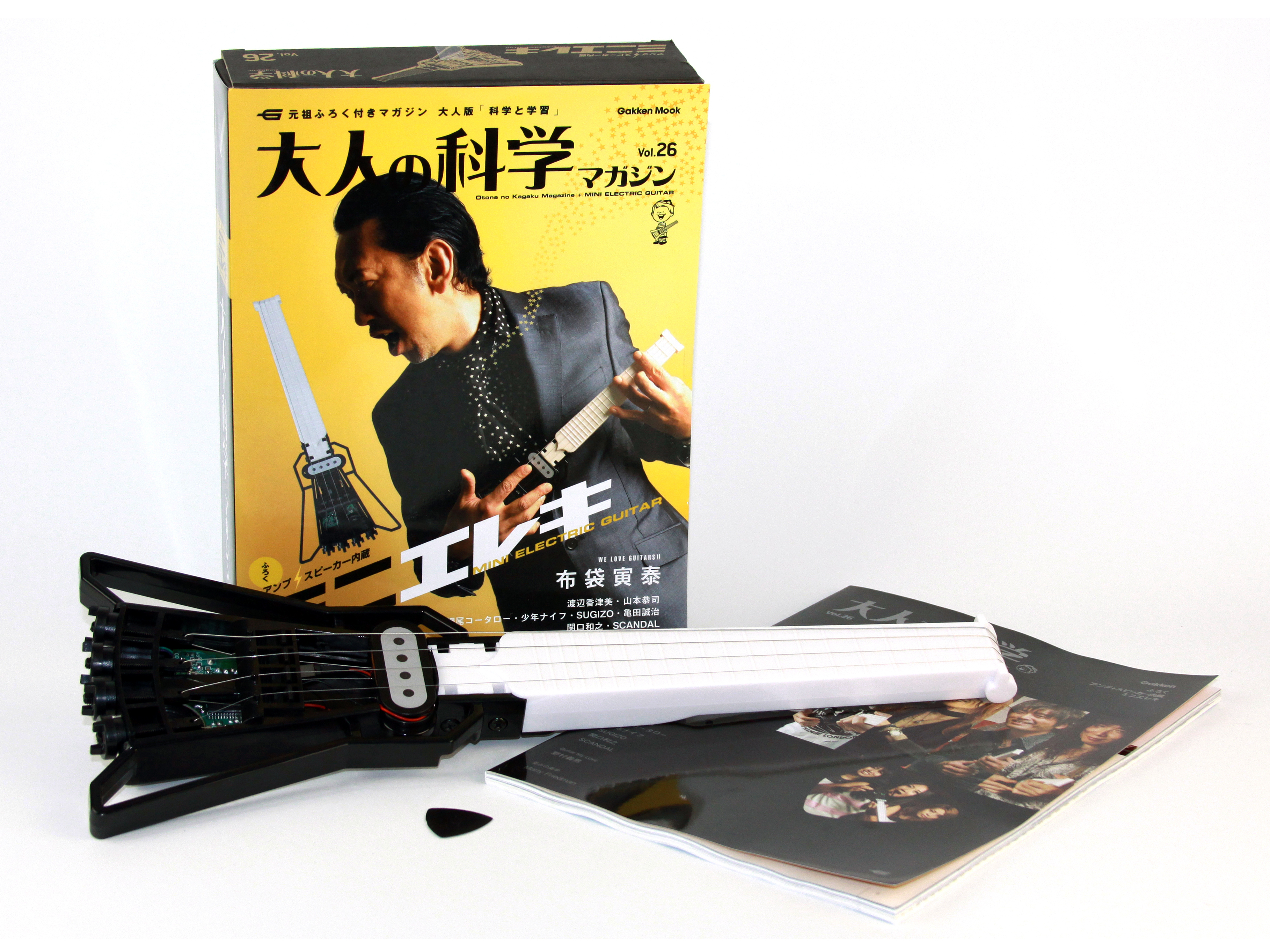It’s no secret that we love Gakken kits here at MAKE, and the Mini Guitar kit is no exception. It has a built in amp, speaker, and line out so it’s a lot of fun, even if you don’t own an amp. After building the kit, just pop in some AA batteries and you are ready to rock.
Projects from Make: Magazine
Build the Gakken Mini Guitar
This fun kit has a built-in amp, speaker, and line out.



